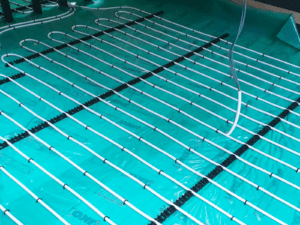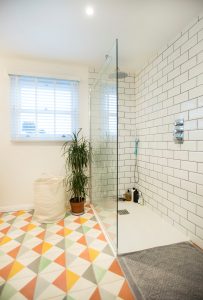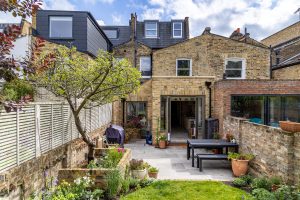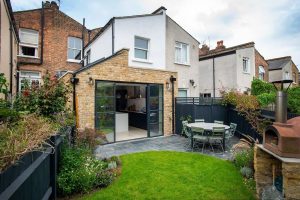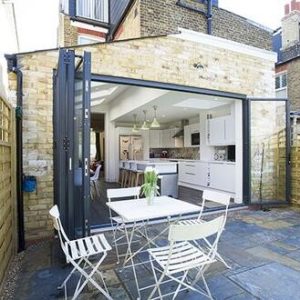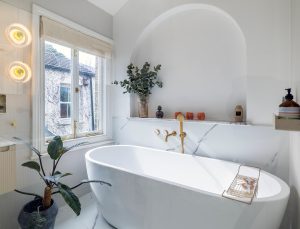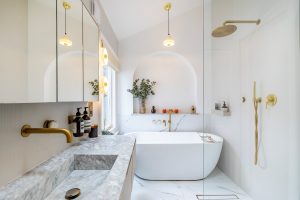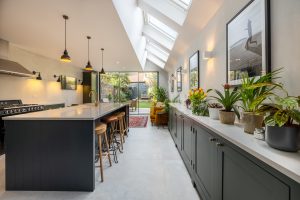A guide to exterior cladding will help answer a commonly asked question: ‘how will my house look from the outside?’ As the ‘skin’ of your building, cladding plays an important role in the way your house looks once completed. Technically speaking, it is the installation of a material to cover a structure’s exterior by adding a layer to it. Cladding is a choice for loft conversions as well as the exterior walls of the main house extension. It aesthetically contrasts the new with the original property. Alongside this visual appeal, other benefits of cladding include added weather resistance and a degree of sound and thermal insulation.
There is an extensive variety of materials from which you can choose. The type of cladding on which you decide will affect the overall look of your house, add value to your property and increase its durability (type of cladding used is subject to regulations). Therefore, it is beneficial to know your options and some of their characteristics. In this blog, ‘A Guide to Exterior Cladding’, we briefly touch on a few cladding styles, and include some examples that we have used on our projects.
Timber
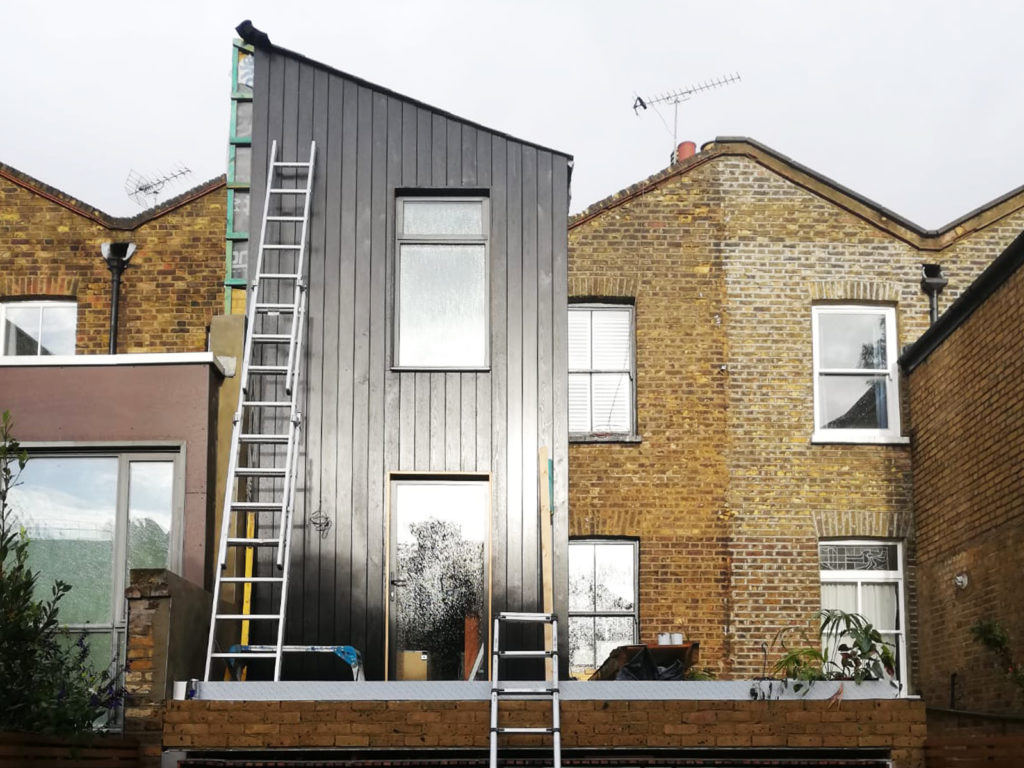
Timber cladding is a popular option for ground floor extensions due to its easy installation and flexibility. It can come in authentic designs, is a naturally insulating material and is resistant to rot, moisture and insects. Timber cladding also gives a warm texture to the building in terms of its appearance. Also, it can be produced in a variety of shapes – such as panels, shingles and horizontal, vertical or diagonal boards.
Stone
Stone has a natural design and adds a ‘vintage-style’ touch to your house. It is also easy to install and fairly easy to maintain. Stone cladding is produced in a variety of colours and shapes. However, adding water can stain light colours darker. In addition, this type of cladding requires a structural substrate which can be quite expensive.
Metal
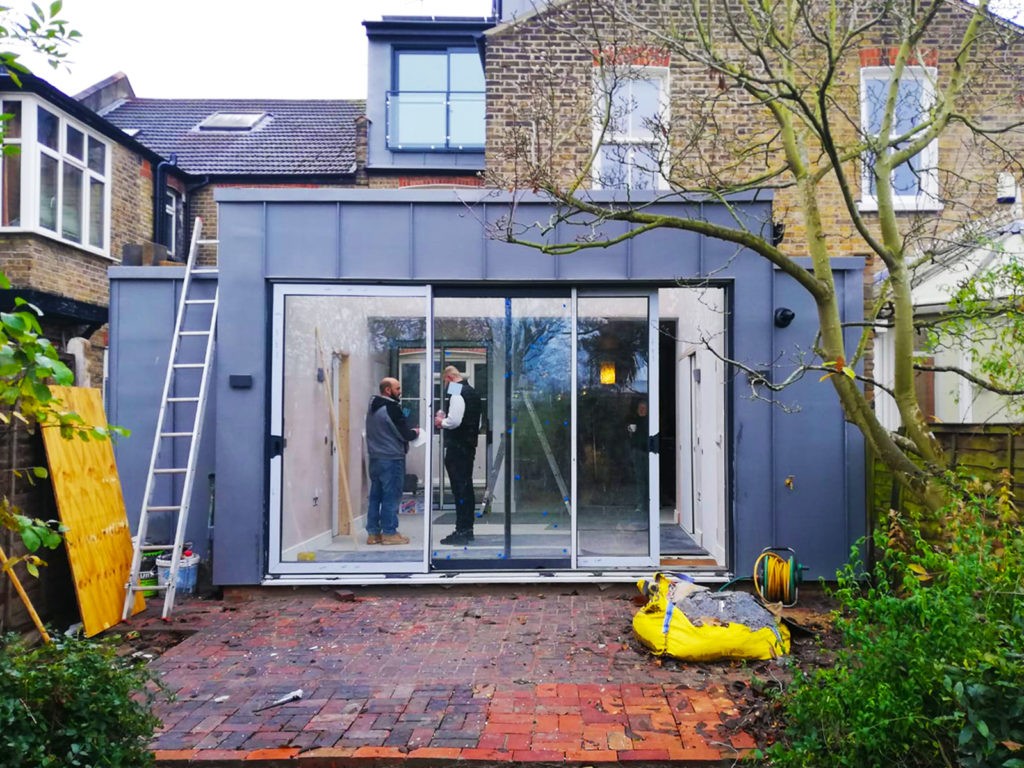
A very clean and contemporary option, metal is very popular due to its great advantages. It has a significant durability and is very sustainable. It i also very resistant to weather and can be made of recycled materials. You can find the cladding sheets in a variety of styles, finishes, sizes and shapes. Zinc, aluminium and galvanised steels are some options for metal cladding.
Brick
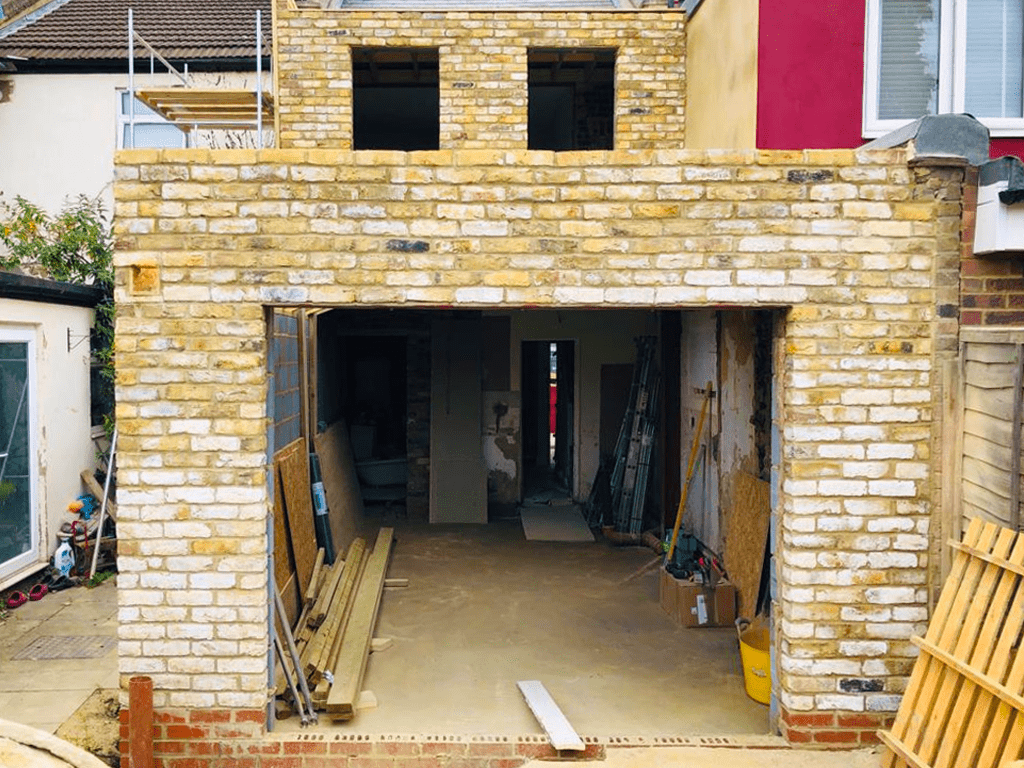
Similar to stone cladding, brick is sourced from natural materials. It is a very traditional and popular option due to its low maintenance. Typical brick cladding acts as a great thermal insulation and is a lightweight material, which makes installation very straightforward.
Fibre-cement
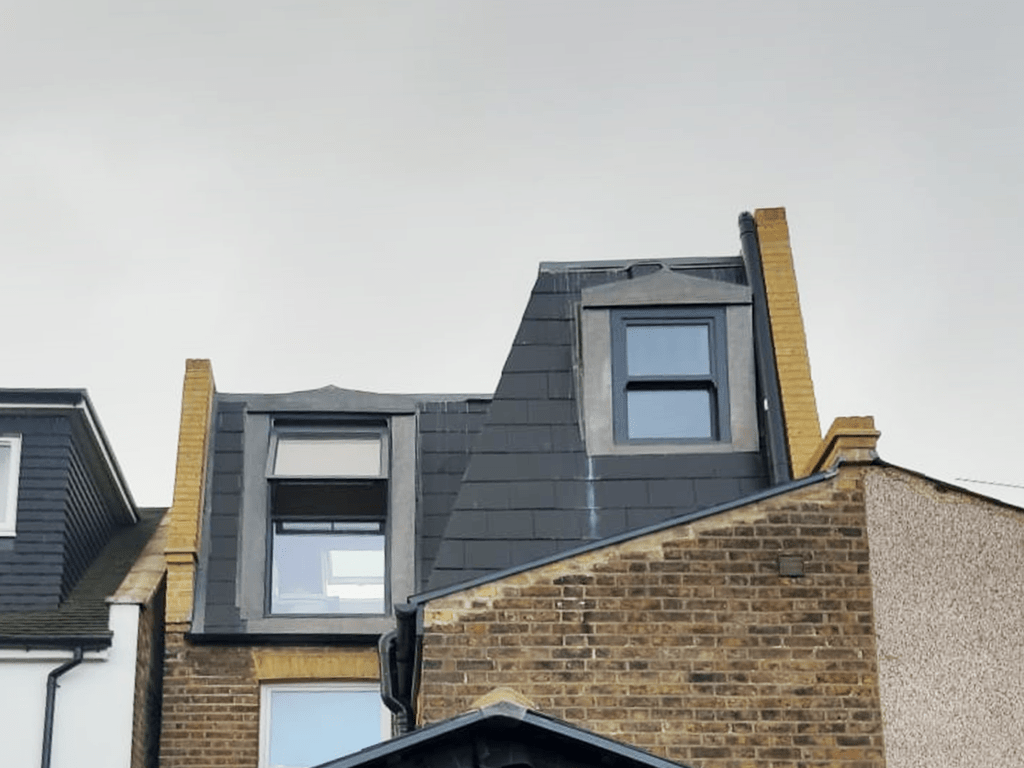
Due to the variety of its colours and textures, it is a great option if you want to be innovative. It is produced in a range of plank and panel sizes. Its benefits include: high durability, minimal maintenance, easy installation, and resistance to rot and mould.
So, there it is A Guide to Exterior Cladding in a nutshell. We hope you have found this useful, and wish you luck with any current, or future, extension and conversion projects!
If you have any further questions or would like to discuss any of the above, please call us on 0207 495 6561 or email hello@buildteam.com to arrange a free Design Consultation with one of our design and planning experts.


